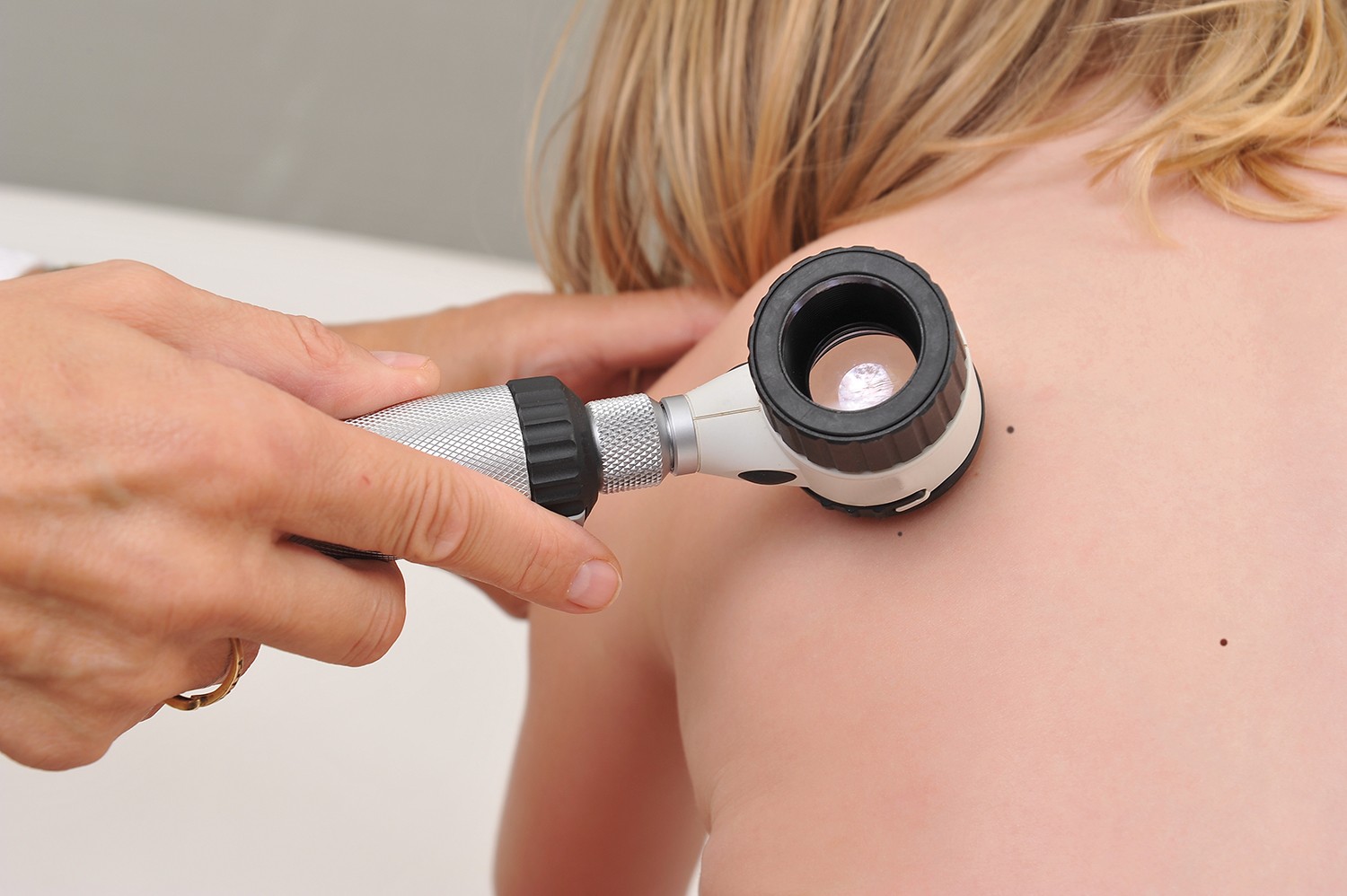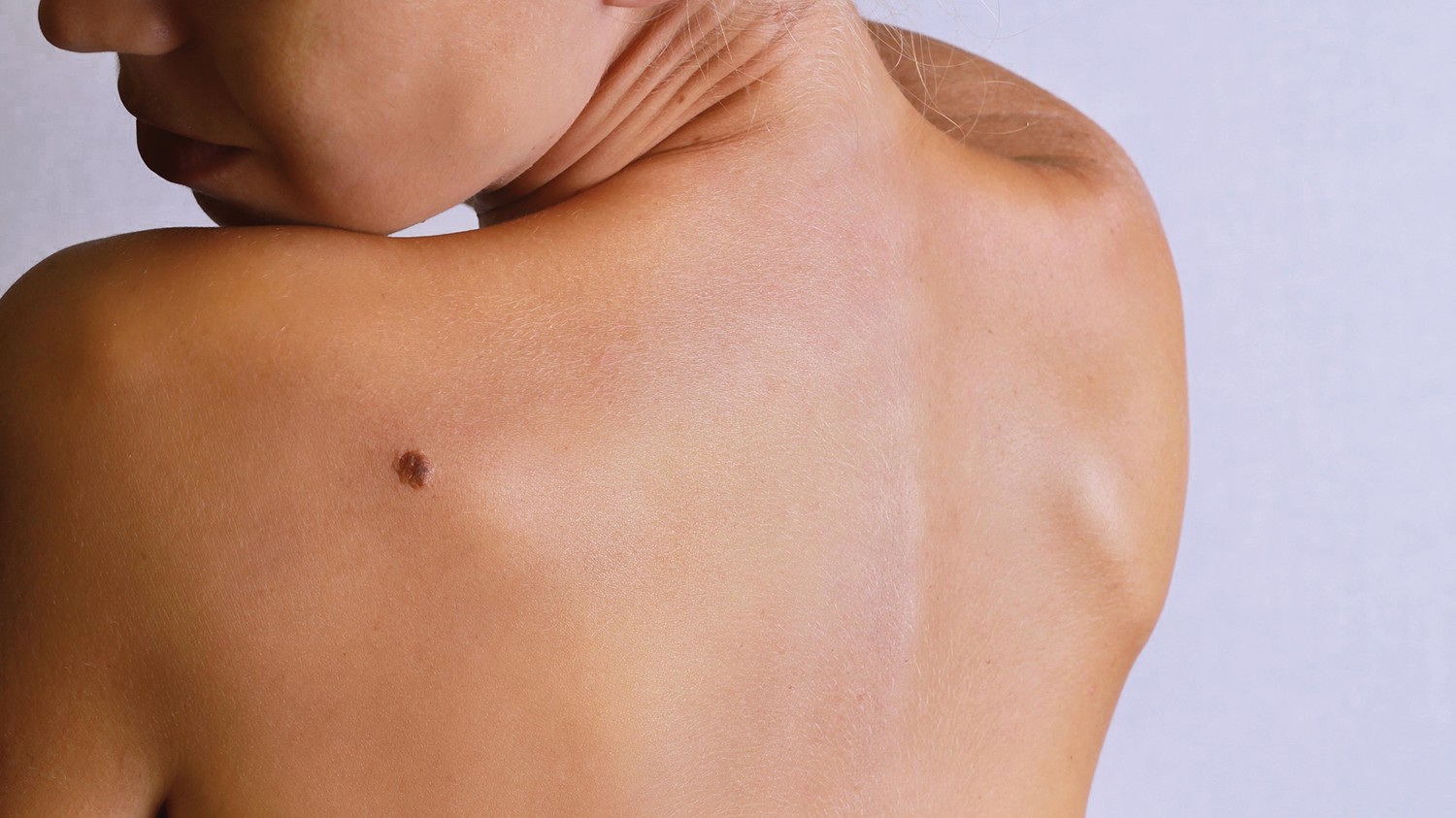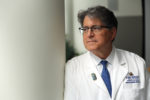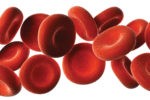Tweet This…

Social Media May Be A Powerful Tool In Skin Cancer Prevention
May is Skin Cancer Awareness Month, so it makes sense to look at one of the most prevalent and preventable forms of cancer through the lens of one of the most prevalent forms of communication, social media. Skin cancers are one of the few cancers whose rates are still rising, and melanoma, the deadliest form, is increasing disproportionately among young women. That’s not clickbait. That’s an alarming skin cancer fact, and social media may be a valuable key to changing it.
The Stats Aren’t Good
Shockingly, there are 5.4 million cases of skin cancer in 3.3 million people diagnosed annually, according to the Skin Cancer Foundation. In the last few decades, the incidence of melanoma has shot up 400 percent among men 18 to 39. Think that is bad? The rates shot up 800 percent for women in the same age group. Unfortunately, the news for other skin cancers, including basal and squamous cell carcinomas isn’t much better with rates climbing over 300 percent in just the last 10 years.
Basal cell carcinoma (BCC) is the most common form of skin cancer with more than 4.3 million cases diagnosed in the United States each year, resulting in more than 3,000 deaths annually. Squamous cell carcinoma (SCC), the second most common form of skin cancer with more than 1 million cases diagnosed in the U.S. each year, resulting in 15,000 deaths.

According to the American Cancer Society, an estimated 178,560 cases of melanoma will be diagnosed in the U.S. in 2018. Of those, 87,290 cases will be noninvasive, confined to the epidermis (the top layer of skin), and 91,270 cases will be invasive, penetrating the epidermis into the skin’s second layer (the dermis). The majority of people diagnosed with melanoma are white men over age 55. But up until age 49, significantly more white women develop melanoma than white men (one in 152 women versus one in 218 men). From age 50 on, significantly more men develop melanoma than women. Overall, one in 27 white men and one in 42 white women will develop melanoma in their lifetimes. One person dies of melanoma every hour.
The Big Question
The billion-dollar question is, Why? It is the most common form of cancer in the United States, and the most preventable and highly treatable. It is an epidemic problem ironically, in part due to those same two reasons. Since it is so common and so treatable, people just don’t take skin cancer seriously –– and it can lead to their own demise because all cancers can be fatal if not detected or treated properly. A poll conducted by the British Skin Foundation was telling of the widespread apathy toward skin cancer risks with 4 in 10 not realizing it can lead to death and 53% were less concerned about getting skin cancer than other types of cancer. And when people do not understand the risks or believe the statistics do not apply to them, they do not actively seek to lower them.
The vast majority of melanoma and non-melanoma skin cancers are associated with exposure to ultraviolet (UV) radiation from the sun. Protecting your skin during the first 18 years of life can decrease your chances of developing skin cancer by up to 78%. Seeking the advice of a board-certified dermatologist for any suspicious skin changes also aids in early detection and treatment, significantly lowering the chances skin cancer-related deaths. However, just a quarter of those polled would get a mole checked by their General Practitioner right away and another 8% would wait until it was noticeably worse before seeking help. According to a study at the University of Miami, only 8% of Americans have had a clinical skin exam by a dermatologist within the last year, and only 15% have had one ever.
The American Academy of Dermatology has been raising awareness around skin cancer for over 30 years, offering a free cancer screening program in one of the most successful association led public health programs in U.S. History. The AAD among others such as the American Cancer Society has worked tirelessly to inform the public and yet, the message seems to go unheard, or nearly so. Today, after decades of awareness, the percentage of people who apply sunscreen all or most of the time is only five points higher than a decade ago and still, 63 percent of those polled say that rarely, if ever, arm up with SPF.
Spread Awareness Through Social Media
The power of story is not a secret, but it is a new force in spreading health awareness. A new case study describes how Tawny Dzierzek, a young nurse from Kentucky, posted a dramatic selfie on social media in April 2015, shortly after she had a skin cancer treatment. A regular user of tanning beds in her youth, Dzierzek was diagnosed at age 21. By age 27, she had basal cell skin cancer five times and squamous cell skin cancer once. After posting a selfie, her story gained widespread attention raising searches about skin cancer and tanning by nearly 500%.
The selfie, which showed her raw, blistering skin was tagged with the message “This is what skin cancer treatment can look like”. The post drew tens of thousands of views and triggered record-setting levels of online searches about skin cancer and its prevention. While celebrity stories draw interest, the stories of those more relatable draw something more important –– action. With 81% of people on social media, the possibility of reaching people with a message of “if it can happen to someone just like me, it can happen to you” has the potential to dramatically and positively impact skin cancer prevention.
The story was part of a study whose findings were published in December 2017 journal, Preventive Medicine, and underscores an important message. The public may grow weary of hearing the same old skin cancer warnings from healthcare professionals but there is a tremendous power for change in an authentic message that reaches us personally. Healthy Kansas City Magazine wants to help spread the word about one of the most prevalent, yet one of the most preventable forms of cancer. And we’re counting on you to help. Share your stories and make a difference.
For more information, please visit the Skin Cancer Foundation at skincancer.org or the American Cancer Society at cancer.org.







